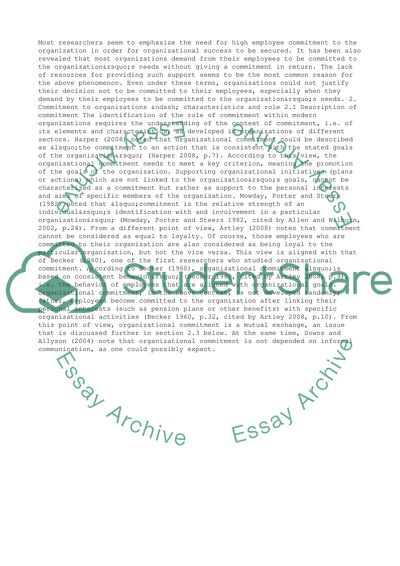Cite this document
(“Commitment at Workplace Essay Example | Topics and Well Written Essays - 1750 words”, n.d.)
Commitment at Workplace Essay Example | Topics and Well Written Essays - 1750 words. Retrieved from https://studentshare.org/management/1446234-commitment-at-workplace
Commitment at Workplace Essay Example | Topics and Well Written Essays - 1750 words. Retrieved from https://studentshare.org/management/1446234-commitment-at-workplace
(Commitment at Workplace Essay Example | Topics and Well Written Essays - 1750 Words)
Commitment at Workplace Essay Example | Topics and Well Written Essays - 1750 Words. https://studentshare.org/management/1446234-commitment-at-workplace.
Commitment at Workplace Essay Example | Topics and Well Written Essays - 1750 Words. https://studentshare.org/management/1446234-commitment-at-workplace.
“Commitment at Workplace Essay Example | Topics and Well Written Essays - 1750 Words”, n.d. https://studentshare.org/management/1446234-commitment-at-workplace.


